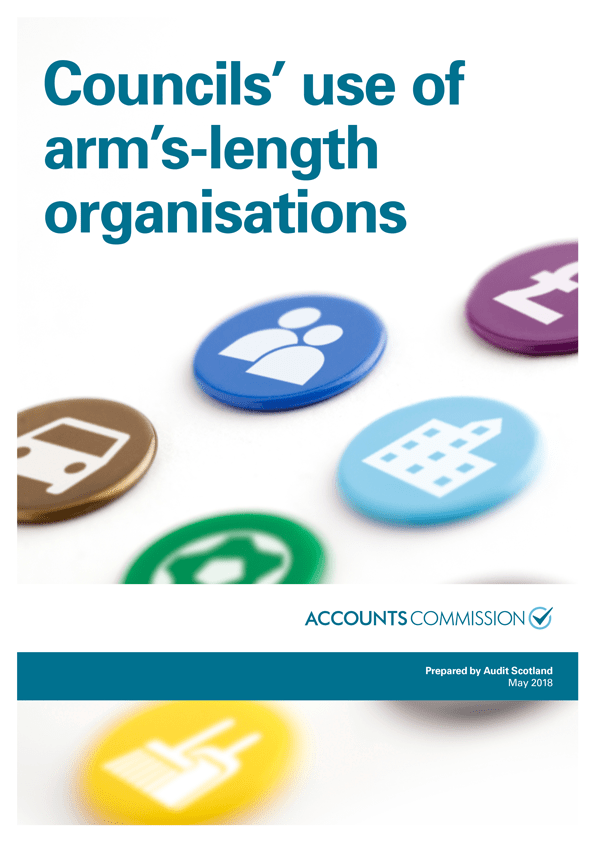Get bank statements directly from your bank when you reconcile in QuickBooks Online

For other types of accounts, QuickBooks opens the Make Payment window. This lets you write a check or enter a bill to pay to cover the outstanding balance. If you don’t want to record a payment, select Cancel. Here’s how you can review all of your cleared transactions. You can make changes to past investigation reconciliations, but be careful.
- Just like balancing your checkbook, you need to review your accounts in QuickBooks to make sure they match your bank and credit card statements.
- If you use a different version, you can undo a reconciled statement by manually unreconciling each transaction.
- If your beginning balance in your accounting software isn’t correct, the bank account won’t reconcile.
- They can undo the entire period at once using QuickBooks Online Accountant.
Products
More specifically, a bank reconciliation means balancing your bank statements with your bookkeeping. If your beginning balance in your accounting software isn’t correct, the bank account won’t reconcile. This can happen if you’re reconciling an account for the first time or if it wasn’t properly reconciled last month. You may need to go back to previous months to locate the issue. When reconciling an account, the first bit of information you need is the opening balance.
Add bank-only transactions to your book balance

Currently, the feature to undo the entire reconciliation is exclusive to accountants with a QBO Accountant subscription. Considering that, you don’t have the Undo option under the Action column on the Reconciliation page. If you have an accountant, you may invite them to your company so they can accomplish this task on your behalf. It’s important to perform a bank reconciliation periodically to identify fraudulent activities or bookkeeping and accounting errors. This way, you can ensure your business is in solid standing and never be caught off-guard.
Save time on monthly reconciliations with QuickBooks
Give your accountant direct access to your books so she can find the reports and information she needs when questions arise. Create a separate login for your accountant to make it easy for her to work with you. You can exchange messages and share documents directly inside QuickBooks, too. I’m sharing insights about undoing reconciliation without using QuickBooks Online accountant, Breeeze. Before completing any of the steps, I suggest consulting with your accountant. This is to make sure that all of your records are in order.
We know that taking hours to find amounts that are off by a few pennies doesn’t make sense. In QuickBooks, you have the option to make an adjusting entry if the difference isn’t zero when you are finished reconciling. However, adjusting entries should be made only as a last resort for small amounts. If you adjust larger amounts, you risk creating issues for the future. With QuickBooks, you won’t waste time spinning your wheels.
Add book transactions to your bank balance
Note that this process is exclusively for reconciliations performed by hand. If you use accounting software, then your reconciliation is done largely brs full form: bank reconciliation statement for you. However, as a business owner, it’s important to understand the reconciliation process.
QuickBooks processes the payment and transfers the money to your bank account. There’s even a mobile card reader so you can swipe or dip the card from your phone or tablet. In QuickBooks, choose the account you want to reconcile. With bank statement in-hand, you can systematically check off matching transactions one-by-one by clicking their boxes. The bottom of the screen contains a running total financial statements definition types and examples of items you have checked off, and thus have been reconciled. This is useful for comparing the totals in your books to the totals on your bank statement.
If you use a different version, you can undo a reconciled statement by manually unreconciling each transaction. Let me walk you through the procedure step by step. I’d be happy to help you unreconcile past bank reconciliation so they don’t throw off your records.


